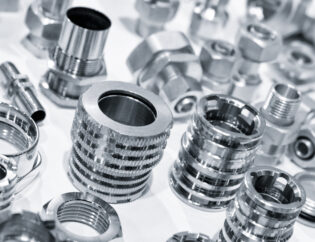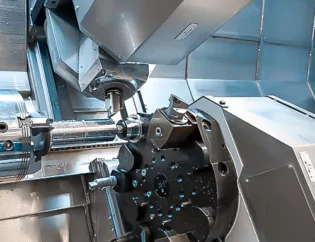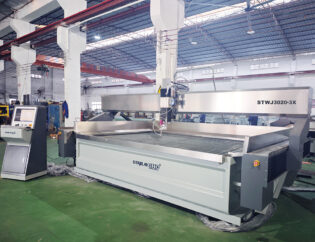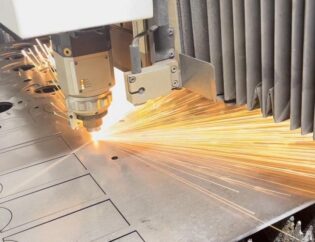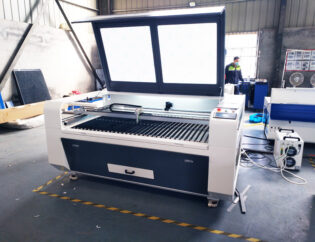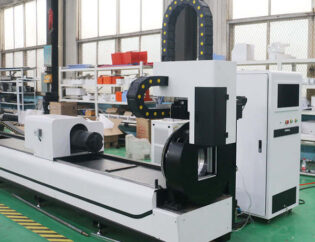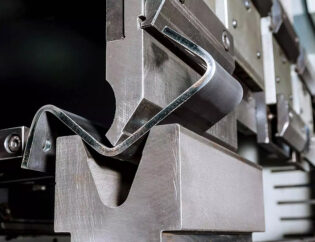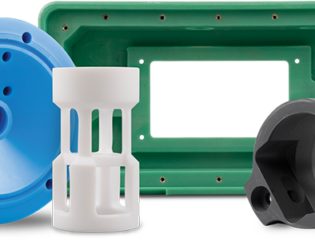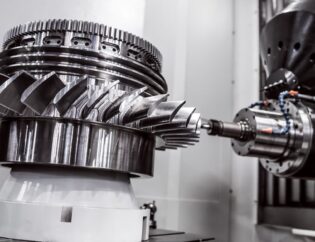Hydroforming sheet metal is a revolutionary manufacturing process that utilizes high-pressure fluid to shape metal into complex forms. This technique not only enhances the design possibilities but also improves the structural integrity of the final product. As industries increasingly seek lightweight and durable components, hydroforming has emerged as a vital method in automotive, aerospace, and consumer goods manufacturing.
In this guide, readers will explore the fundamentals of hydroforming, including its principles, advantages, and applications. We will delve into the various types of hydroforming processes, the materials used, and the equipment required. Additionally, practical tips and best practices will be shared to help both beginners and experienced professionals optimize their hydroforming projects.
By the end of this guide, readers will have a comprehensive understanding of hydroforming sheet metal, empowering them to make informed decisions in their manufacturing processes. Whether you are looking to enhance your skills or simply curious about this innovative technique, this resource will serve as a valuable reference in your journey through the world of hydroforming.
Sheet Metal Hydroforming: The Ultimate Guide for Engineers
Hey everyone, today we’re diving into the fascinating world of sheet metal hydroforming! If you’re into engineering and manufacturing, this is a must-read. We’ll cover everything from the basics to the nitty-gritty details, so buckle up and let’s get started!
What is Sheet Metal Hydroforming?
Sheet metal hydroforming is a manufacturing process that uses high-pressure fluid to shape flat sheets of metal into complex three-dimensional parts. This innovative technique has gained traction in various industries due to its efficiency and versatility. It allows engineers to create intricate shapes with precision, making it ideal for applications in automotive, aerospace, and consumer goods.
Technical Features of Sheet Metal Hydroforming
The hydroforming process offers several technical advantages that enhance its appeal for manufacturing. Below is a comparison table highlighting key technical features:
| Feature | Description |
|---|---|
| Material Utilization | Allows for thinner materials while maintaining strength, reducing waste. |
| Surface Finish | Produces smooth surfaces with minimal secondary operations required. |
| Tolerances | Achieves tight tolerances, essential for high-precision applications. |
| Complex Shapes | Capable of forming intricate geometries that are difficult with traditional methods. |
| Cost Efficiency | Reduces tooling and production costs significantly compared to conventional methods. |
Types of Sheet Metal Hydroforming
There are different types of hydroforming processes, each suited for specific applications. The following table outlines the main types of sheet metal hydroforming:
| Type | Description |
|---|---|
| Fluid Cell Hydroforming | Utilizes a flexible diaphragm to apply pressure uniformly across the part, ideal for shallow shapes. |
| Deep Draw Hydroforming | Involves a punch and draw ring to form deeper parts with closed corners, suitable for complex geometries. |
| Pressure Sequence Hydroforming | Applies pressure in a controlled sequence to shape parts with varying geometries, enhancing material flow. |
How Does Sheet Metal Hydroforming Work?
The hydroforming process begins with placing a flat sheet of metal into a die cavity. The die is sealed, and a pressurized fluid, typically water, is injected into the cavity. This pressure causes the metal to deform and conform to the shape of the die. Once the desired shape is achieved, the pressure is released, and the hydroformed part is removed.
Advantages of Sheet Metal Hydroforming
One of the primary advantages of sheet metal hydroforming is its ability to produce complex parts with high precision. This process minimizes material waste and reduces production costs, making it a cost-effective solution for manufacturers. Additionally, hydroformed parts often require fewer welds, enhancing structural integrity.
Applications of Sheet Metal Hydroforming
Sheet metal hydroforming is widely used in various industries. In the automotive sector, it is employed to manufacture components such as exhaust manifolds and frame rails. Aerospace applications include creating fuselages and wing components. Other industries, such as electronics and appliances, also benefit from this versatile manufacturing method.
Design Considerations for Hydroforming
When designing parts for hydroforming, engineers must consider material selection, part geometry, and die design. The material’s ductility and thickness play a crucial role in the forming process. Additionally, the geometry of the part can affect the flow of material, necessitating careful planning to avoid defects.
Limitations of Sheet Metal Hydroforming
Despite its advantages, sheet metal hydroforming has limitations. The size of parts that can be formed is restricted by the equipment’s capacity. Additionally, the complexity of the process may require specialized tooling and equipment, which can increase initial investment costs.
Conclusion
In conclusion, sheet metal hydroforming is a highly efficient and versatile manufacturing process that offers numerous benefits for engineers and manufacturers. Its ability to produce complex parts with tight tolerances and reduced material waste makes it an attractive option across various industries. As technology continues to advance, we can expect further innovations in hydroforming, opening up new possibilities for manufacturing.
FAQs
Related Video
What materials can be used in sheet metal hydroforming?
Sheet metal hydroforming can utilize various materials, including aluminum, stainless steel, brass, and specialty alloys like Inconel and Hastelloy.
How does hydroforming differ from traditional stamping?
Hydroforming uses fluid pressure to shape materials, allowing for more complex geometries and reducing the need for welding, while traditional stamping relies on mechanical force.
What industries benefit from sheet metal hydroforming?
Industries such as automotive, aerospace, electronics, and appliances benefit significantly from sheet metal hydroforming due to its efficiency and precision.
Can hydroforming be used for large parts?
While hydroforming is versatile, the size of parts is limited by the equipment’s capacity, making it less suitable for very large components.
What are the cost benefits of using hydroforming?
Hydroforming can lead to significant cost savings in tooling, material usage, and production time, making it a cost-effective solution for manufacturers.

